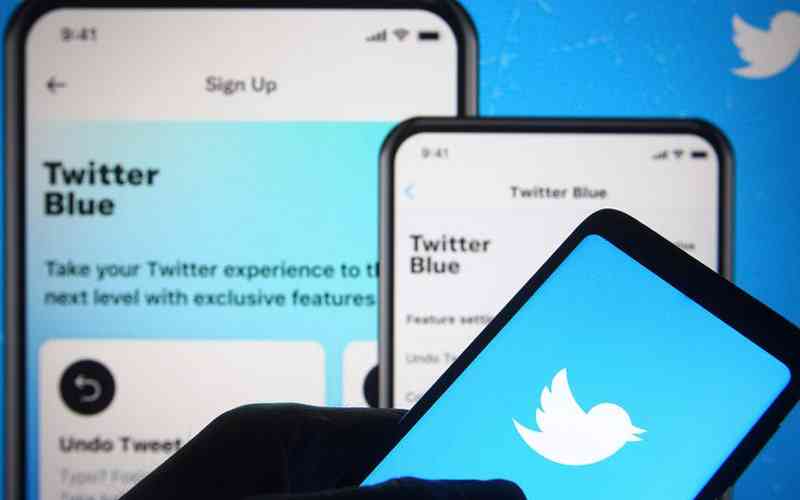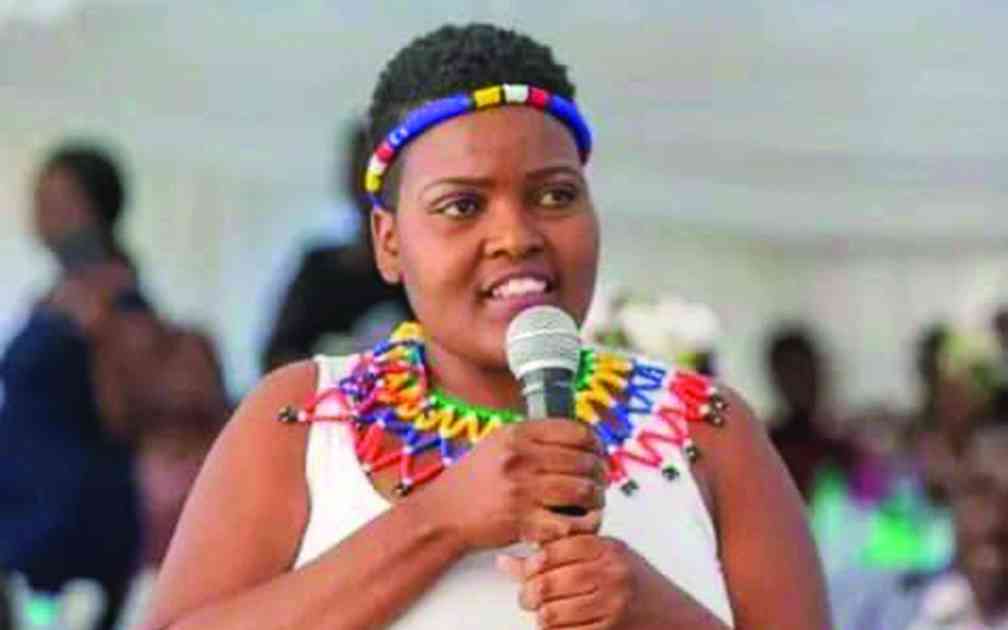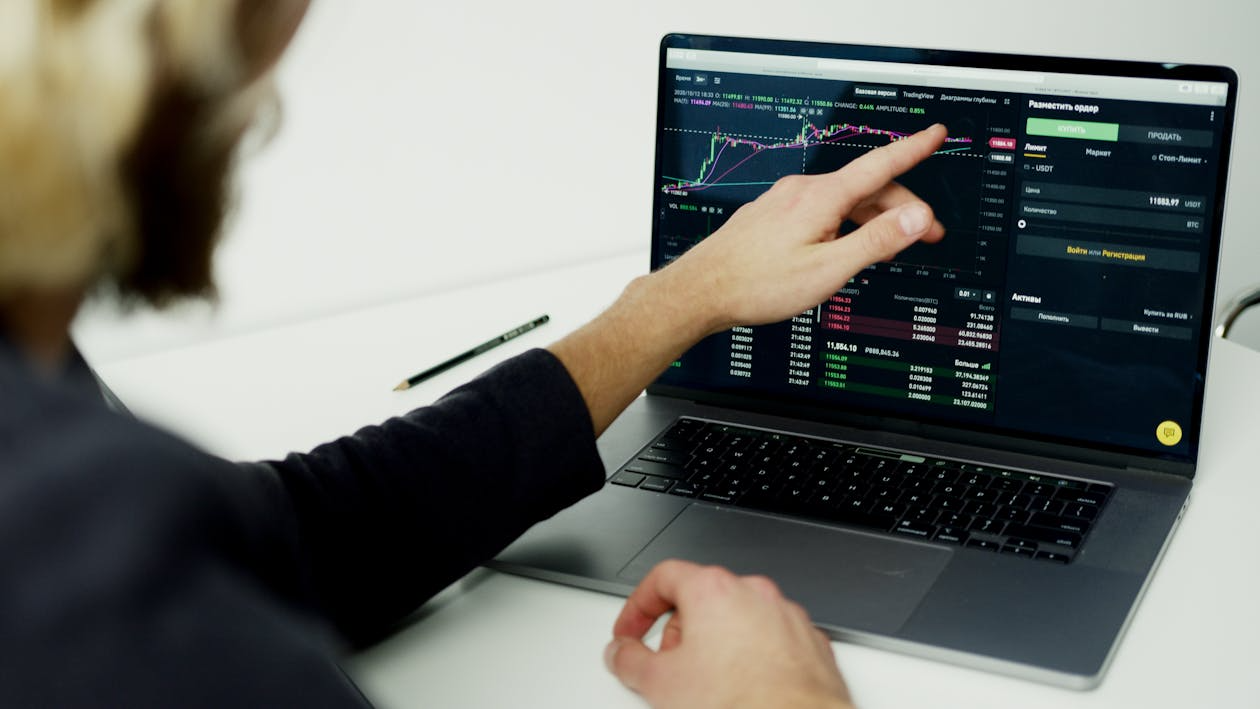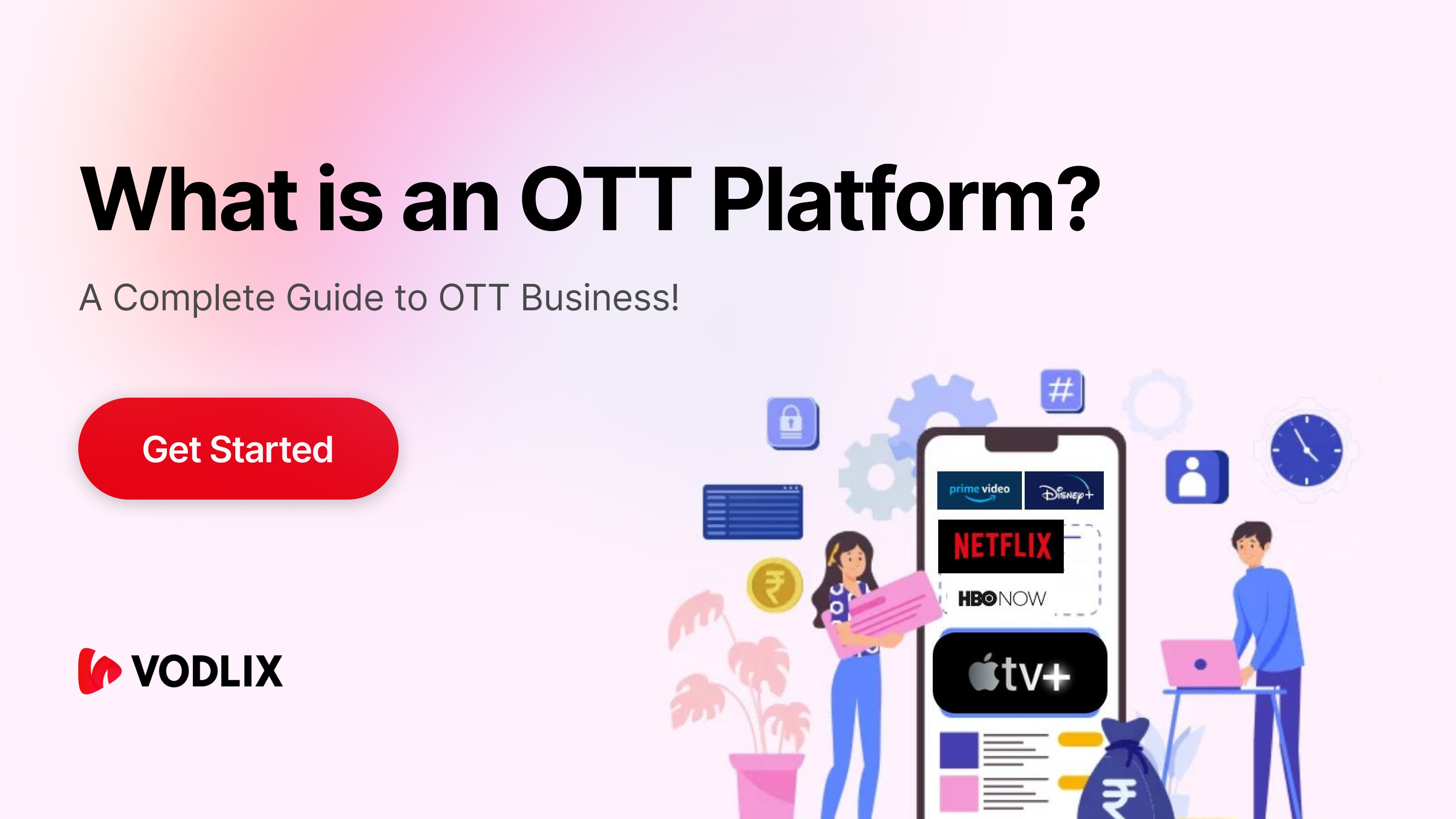
When a wave of imposter accounts began using the verified checkmarks from Twitter's Blue paid subscription service to post misleading tweets while pretending to be some of the world’s biggest brands, it created so much chaos that Elon Musk seemingly had no choice but to revoke the paid checkmarks entirely.
“Basically, tricking people is not OK,” Musk tweeted, as some users began reporting that the option to pay $7.99 for a Twitter Blue subscription had disappeared, while others who had been verified previously found that their "Official" blue checkmarks had been reinstated.
Reuters reported that Twitter announced today that it had reinstated the "Official" badges on some accounts, but because Twitter has no communications department (according to The Verge), it’s difficult to verify if paid verification is actually gone for good or just temporarily disabled. According to the tech site Platformer's managing editor Zoe Schiffer, this message was posted in the Twitter Slack to clarify: "An update on what we did tonight: hid the entry point to Twitter Blue, added the 'official' label for ONLY advertisers. Note: here is at least one way for users to sign up for Blue. Legacy Blue users can go to subscriptions and upgrade. Note 2: Existing Blue subscribers will still have access to their Blue features."
Among those seeking answers about the status of Twitter Blue was tech blogger Jane Manchun Wong, who tweeted, “Checked with Twitter’s API and the in-app purchase for Twitter Blue Verified is no longer listed for production.”
Musk had previously attempted to combat impersonation via Twitter Blue by rolling out “Official” labels for companies, organizations, and notable people, but when that didn’t work, Musk quickly “killed” the labels.
The revamped Twitter Blue seemed to be the one idea that Musk most believed in, expecting that the coveted checkmark could be sold to half of Twitter’s user base seemingly easily. He wasn’t wrong that there would be interest, but in some tweets, he did joke that part of his strategy was in taking easy money from people who want to impersonate accounts. Anyone who pays for a checkmark risks permanent suspension if their account isn’t clearly labeled “parody” in the name, Musk now says, and no refunds will be given.
When The Verge Senior Editor Tom Warren tweeted a widely shared image of Mario flipping the bird from a parody account, the owner of an account called @gaslabu, which has 75 followers and paid to be verified by Twitter Blue, responded, “The beauty of this is each account that gets verified paid $8. Twitter keeps the money and suspends the account. It’s genius and I hope more folks do this. It’s free money for Twitter.” Musk then replied to @gaslabu with a string of emojis: the bullseye, a smiley face with sunglasses, and a money bag.
With Twitter losing advertising revenue, it seems that if Musk’s strategy was to boost profits by charging and suspending tons of fake accounts, it did not pay off. Musk has tweeted that he expects to put Twitter users through chaotic trial-and-error phases as he figures out what works and what doesn’t.
- TikTok can generate AI songs, but it probably shouldn’t.
- Twitter drama continues with blue-tick confusion
Keep Reading
The billionaire is portraying himself as laughing along with those retweeting “epically funny tweets” from these controversial parody accounts—accounts that Twitter has not yet proven it can quickly catch and suspend before damage is done to major brands.
However, while Twitter has possibly never been funnier, Musk knows that not every user relying on Twitter Blue to sow confusion through brand impersonation has been posting “epically funny” jokes. One of the most disturbing fake posts yesterday was an account impersonating the pharmaceutical brand Eli Lilly, falsely telling people with diabetes that insulin is now free. The actual brand had to tweet an apology after the fake account was retweeted thousands of times, including by those who seemingly believed the news was true. This is where Musk apparently draws the line with "tricking" Twitter users. Soon after, the jokes resumed, with another fake account mimicking the official Eli Lilly account’s apology tweet, using similar phrasing to mock the brand for charging $400 for its insulin.
The only way to end the spiral was to revoke paid verification, it seems, but it's hard to imagine Musk has regained control of the platform by rolling back his first big idea to monetize Twitter.
Yesterday, more key executives fled Twitter in the midst of the failed Twitter Blue rollout, including Yoel Roth, the top executive managing Twitter integrity. It was rumored that sales leader Robin Wheeler also resigned, but as of Thursday night, she tweeted, "I'm still here." Meanwhile, Musk continues tweeting that everything is fine and that Twitter users are logging on at rates hitting all-time highs—likely due to this spectacle.











